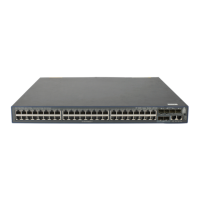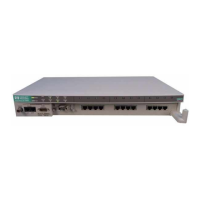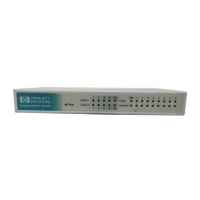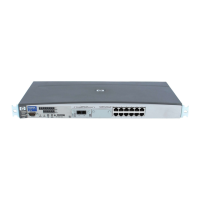24
Configuring a default route
A default route is used to forward packets that do not match any specific routing entry in the routing
table. Without a default route, packets that do not match any routing entries are discarded and an
ICMP destination-unreachable packet is sent to the source.
A default route can be configured in either of the following ways:
The network administrator can configure a default route with both destination and mask being
0.0.0.0. For more information, see "
Configuring static routing."
Some dynamic routing protocols, such as OSPF, RIP, and IS-IS, can generate a default route.
For example, an upstream router running OSPF can generate a default route and advertise it to
other routers. These routers install the default route with the next hop being the upstream router.
For more information, see the respective chapters on these routing protocols in this
configuration guide.

